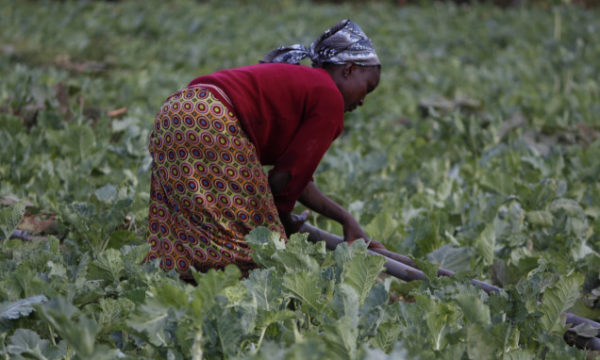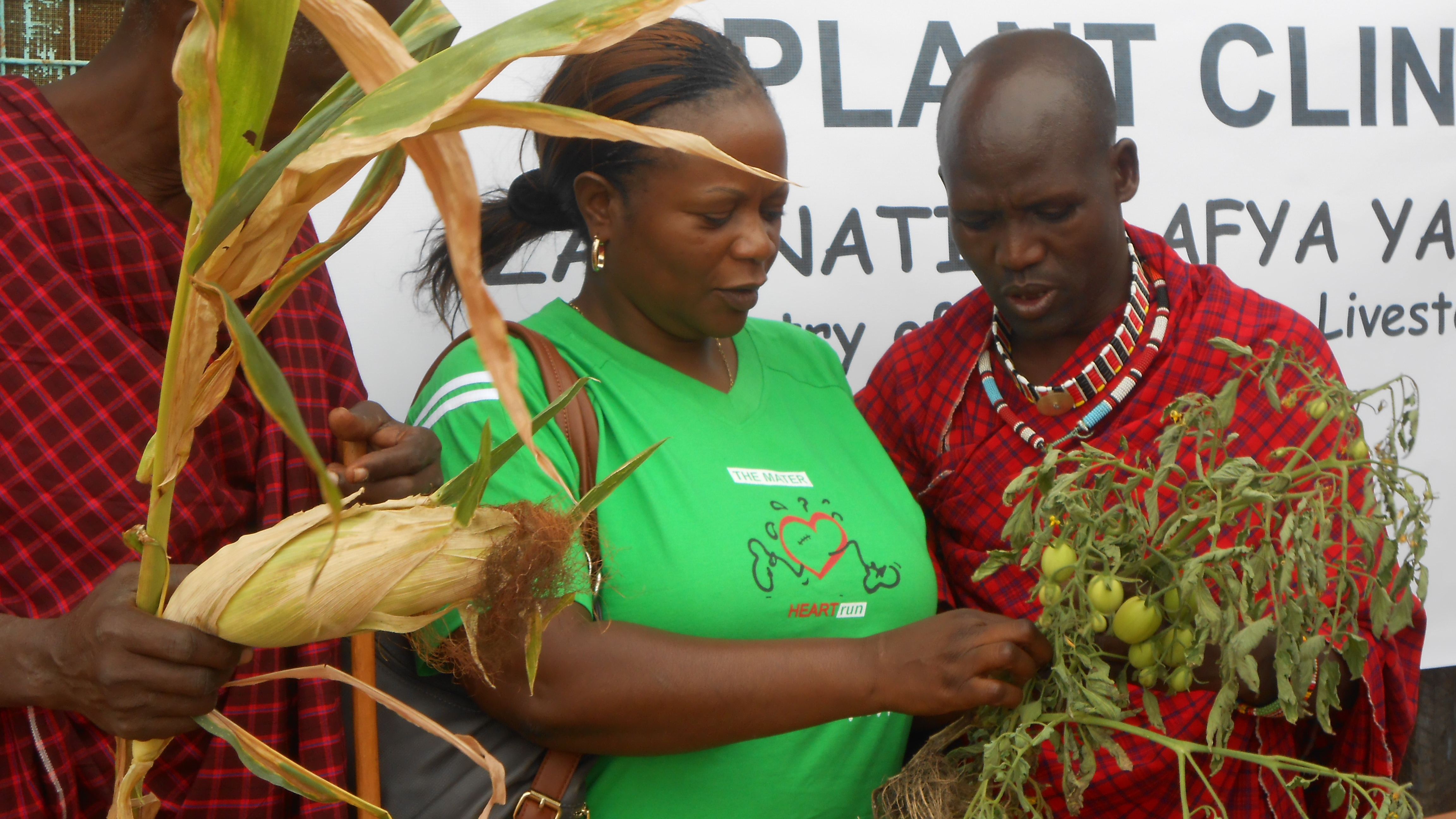
Bacterial wilt in tomato crops were the focus of this study (© Pexels)
Bacterial wilt (Ralstonia solanacearum) is one of the world’s most devastating plant diseases, with major crops such as tomato, potato and pepper being severely affected. Until now, crop breeders and farmers have had to simply wait for their crops to mature to determine the level of resistance to the disease. New research has shown that with modern metabolomics technology, it is possible to determine the level of disease resistance in plants much earlier at the seedling stage. This development could save both farmers and breeder time and money when growing host crops, and reduce the yield losses caused by the bacterial disease.
The bacterium which causes bacterial wilt is commonly found within the soil, seeds and planting material, and is able to survive within these mediums for years. Infection can cause severe wilting, tissue necrosis and eventually death in many host plants. The bacteria can easily be spread by the movement of plant material, farming tools and infected water. R.solanacearum is widespread in the tropical, subtropical and warm temperate areas throughout the world. Irrigation and unregulated transport of infected potatoes has also seen the spread of this disease into the Mediterranean basin and Northern Europe.
With the ability to map an organism’s entire genome using DNA sequencing, it may be considered to be a relatively simple task to select the specific genes that are related to the resistance of bacterial wilt in a plant. However, it usually isn’t that simple; a single gene may be responsible for switching resistance on or off, whereas plant resistance in another crop may involve several genes.

Symptoms of bacterial wilt on a plant, wilting and necrosis of plant tissue is commonly observed (© Gerald Holmes, Bugwood.org)
Plant resistance of bacterial wilt is a multigenic trait; it requires numerous genes to interact together in a way which isn’t fully understood yet. It isn’t sufficient to select cultivars based on their phenological traits either, you could remove all varieties that show little resistance to the disease but the resistant plant left may not actually end up being resistant. As susceptibility and resistance to disease can be influenced by environmental factors.
Using current methods for producing resistant crops, farmers risk losing crop yields due to planting resistant cultivars which end up being susceptible to the disease due to external factors. Plant breeders could potentially lose money producing resistant varieties which produce poor results when grown in certain areas and are therefore unsuitable for commercial application.
In the mentioned study, four varieties of tomato cultivars were used, showing medium to high resistance to the bacterial disease. Using parts of the plant such as stems and leaves, scientists analysed the chemicals produced by the cultivars when used to defend themselves against infection.
“Plants can develop resistance to threats, such as bacteria, viruses or environmental stresses. But unlike animals, they do not have circulating immune cells in support of acquiring immunity,” said is ScienceDaily by Dylan Zeiss, a researcher on this study undertaken at the Center of Plant Metabolomics Research at the University of Johannesburg.

For crop breeders to be able to screen seedling for resistance to specific crop diseases, the industry could potentially increase production efficiency and therefore improve availability for smallholder farmers (© Pexels)
For every threat faced, a plant produces a different chemical ‘cocktail’. The mixture of chemicals can vary depending on the weather, location and other factors. By analyzing these chemicals, known as secondary metabolites, from the tomato cultivars, they were able to determine which metabolites were linked to bacterial wilt and in what quantities.
By screening seedlings for the levels of these secondary metabolites, plant breeders and farmers will be able to select specific varieties for their resistance to drought, heat, bacterial and pest resistance. This will save countless hours growing crops which may produce poor yields due to such factors and allow farmers to purchase crop varieties tailored towards their specific farm and the historical risks they have faced when growing crops.
If you would like to read further information on bacterial wilt then please see the links below:
- Breeding for resistances to Ralstonia solanacearum
- Evaluation of resistance to Ralstonia solanacearum in tomato genetic resources at seedling stage
1 Comment
Leave a Reply
Related News & Blogs
Overcoming gender barriers to tomato farming in Pakistan
A woman in her kitchen garden, Pakistan (©CABI) Tomato is an important crop in Pakistan – every year, the country produces 4.2 million tonnes of tomatoes. Growing them can be labour intensive. But research shows that tomato production has the potential…
23 May 2023




[…] Tailor-made crop varieties for farmers […]